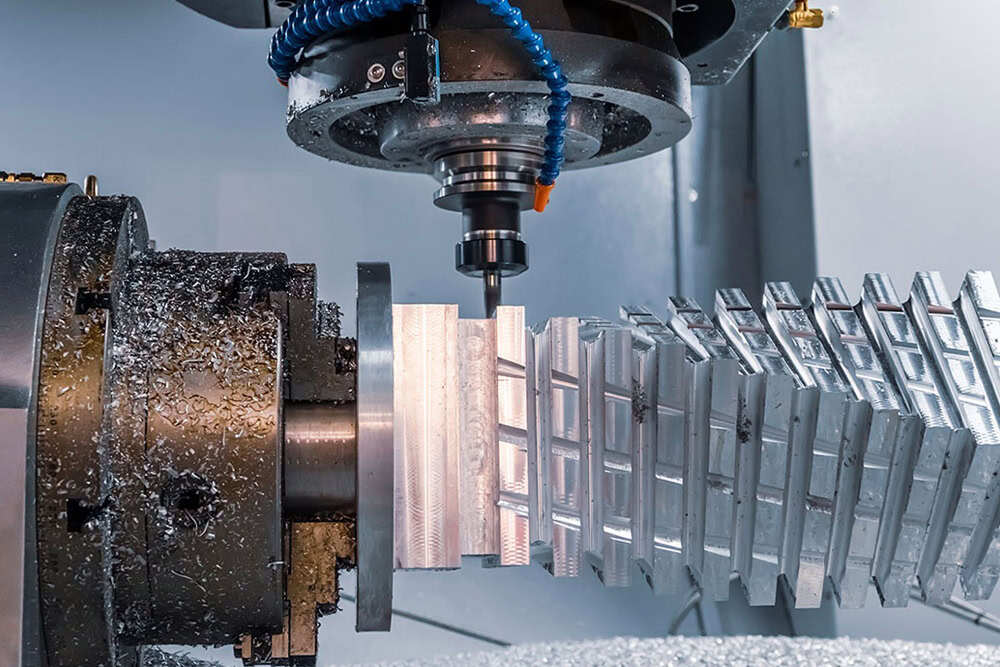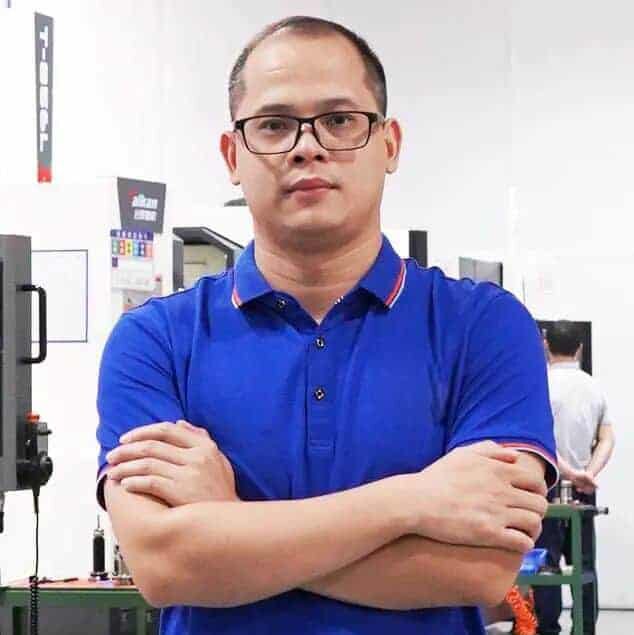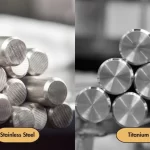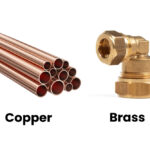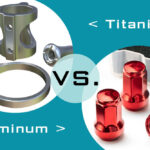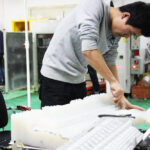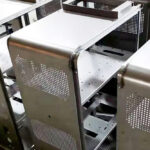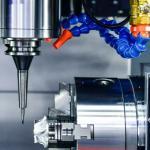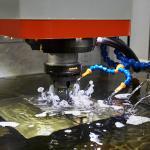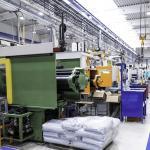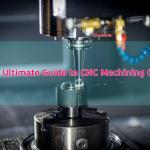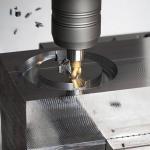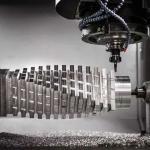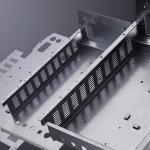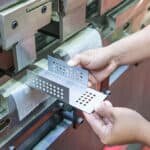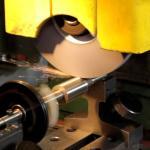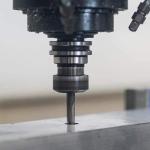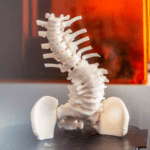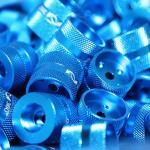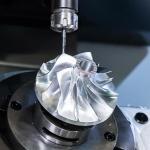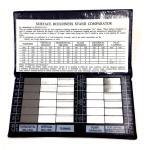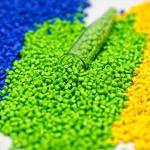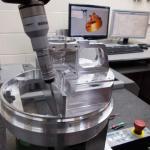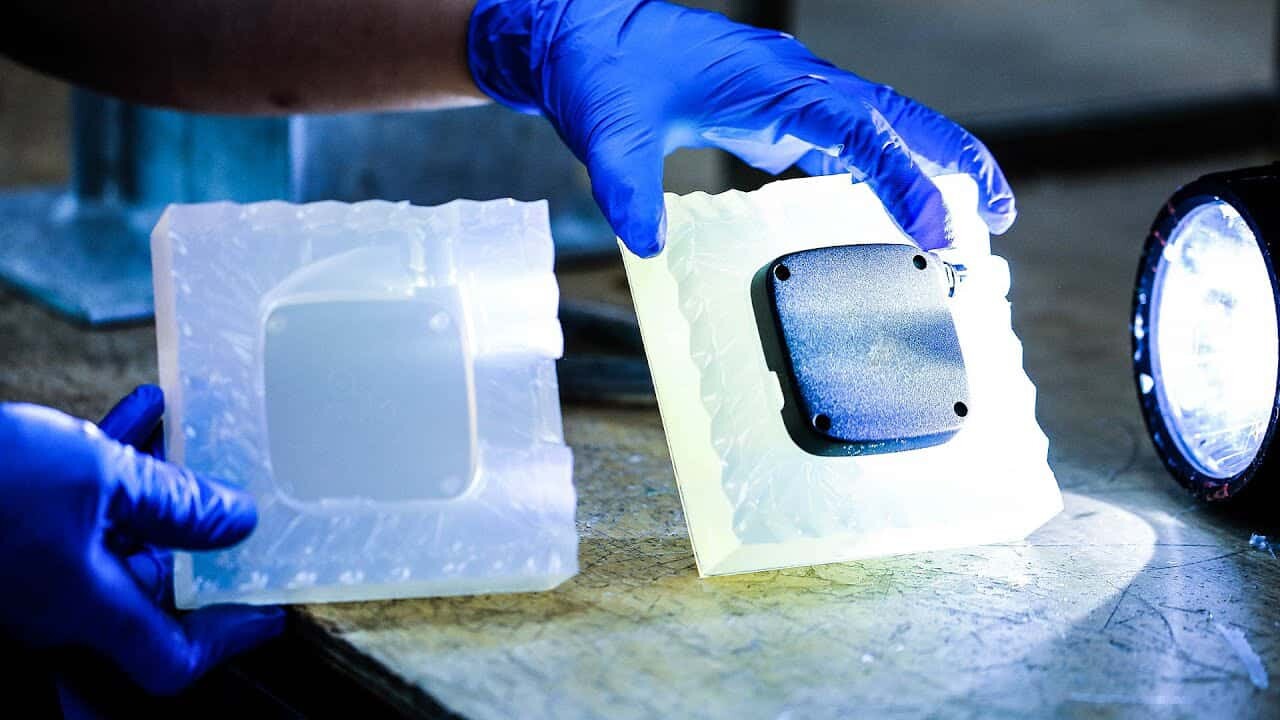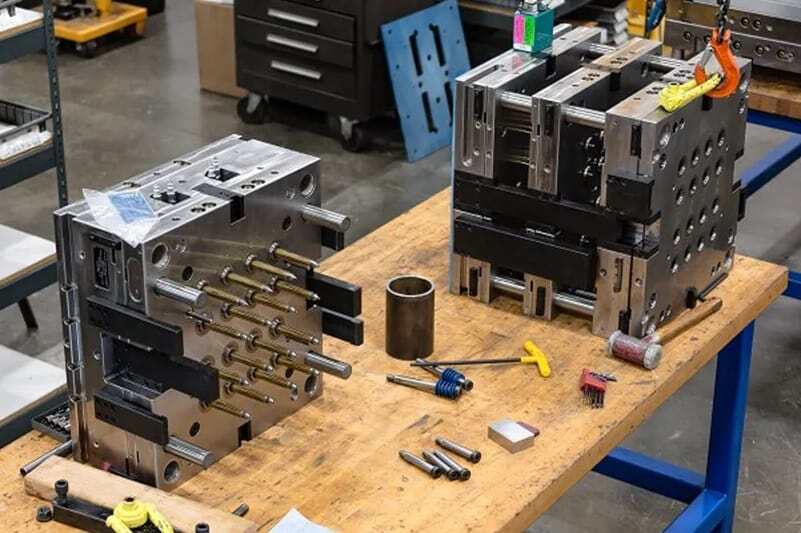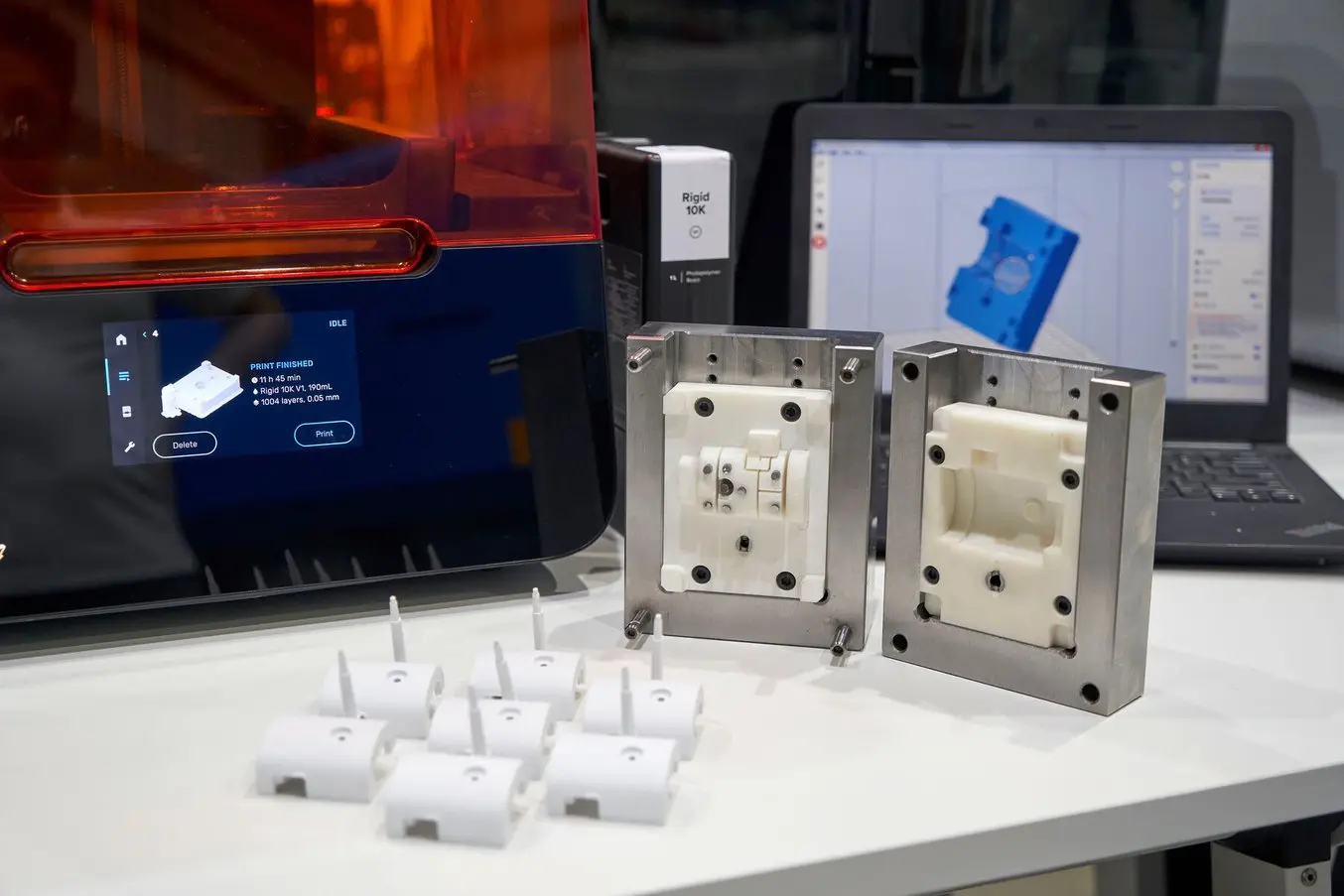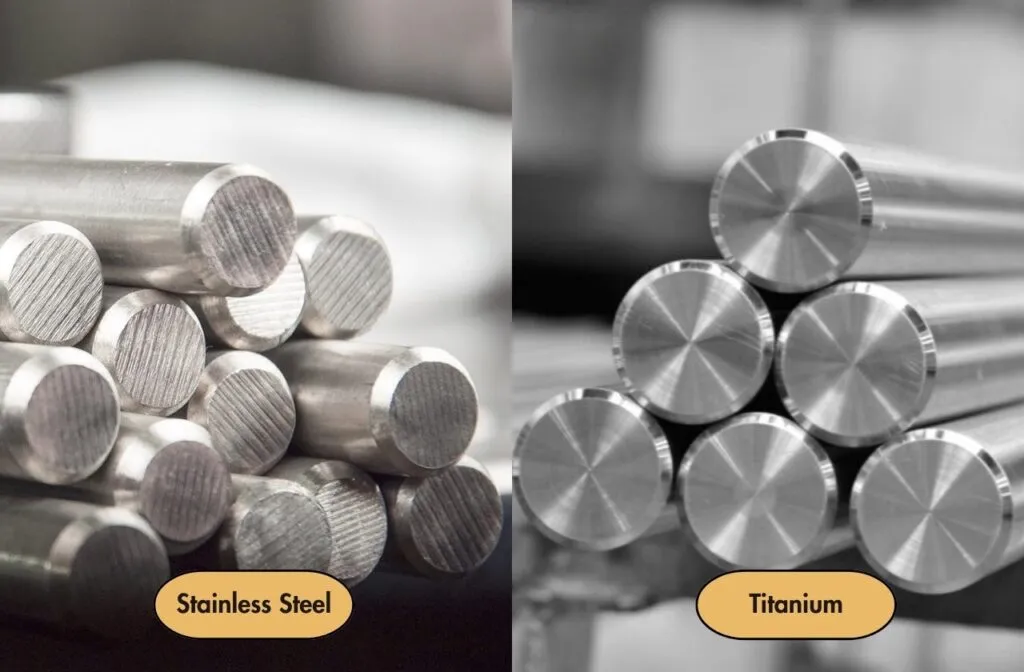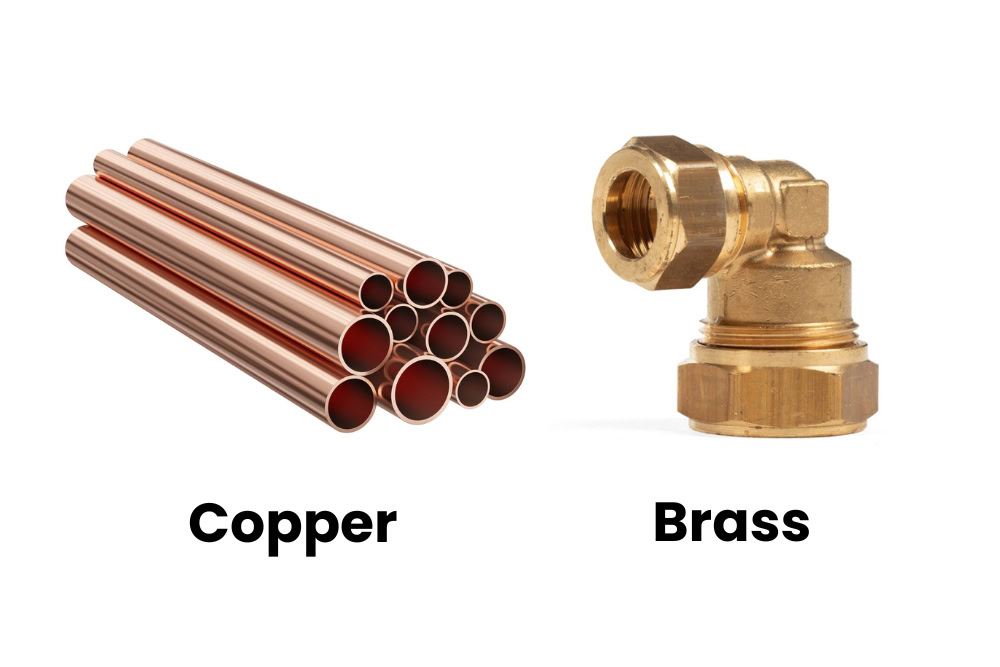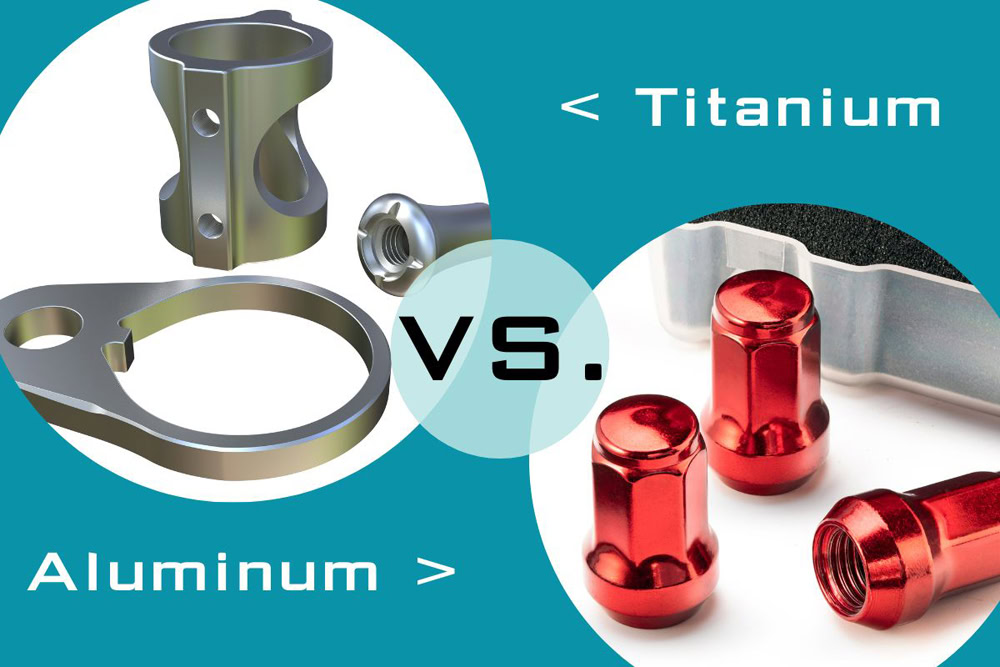CNC Rapid prototyping is a important step in the product development process. From the time the product concept is hatched to the time it is confirmed to be mass-produced, a lot of testing needs to be done, including appearance testing, functional testing, structural testing, etc. When uncertain factors need to be verified, prototypes (appearance prototypes, structural prototypes, functional prototypes) need to be made, and improvements should be made before final production. If you open the mold hastily, modify the mold or open the mold again, it will cost a lot of money, and the product development cycle will also be lengthened. Modern technologies such as CNC Rapid machining have revolutionized this process, providing rapid and accurate prototyping capabilities.
Table of Contents
ToggleWhat is CNC Rapid Prototyping?
CNC rapid prototyping is a subtractive manufacturing process that uses computer numerical control (CNC) machine tools to create physical prototypes or product models. The machine tool is controlled by a computer program so that the cutter automatically cuts metal and plastic materials to obtain the desired shape. This is called a subtractive process, meaning the prototype is made by cutting the material. CNC machine tools need to upload CAD files in advance and then automatically generate programs. This file can only be read by computers. In other words, there is almost no human involvement in the entire processing process. Because of its ultra-fast speed and unparalleled accuracy, CNC machining is one of the best methods for prototyping.
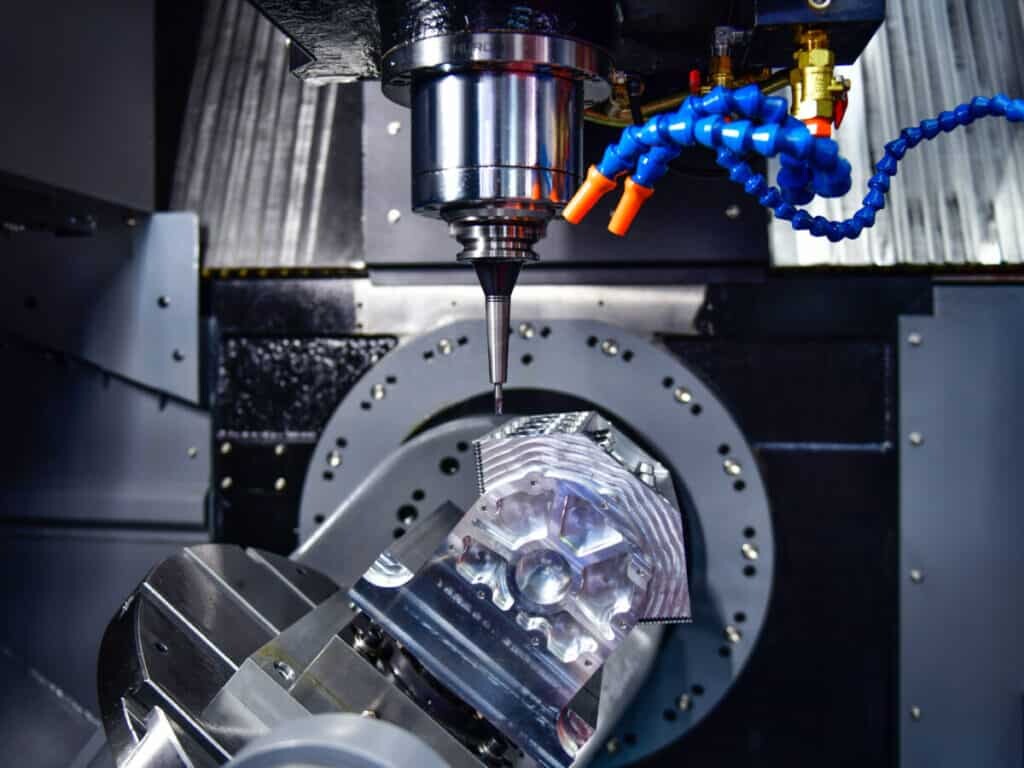
CNC Rapid Prototyping Process: How it is Done?
There are different steps involved in CNC rapid prototyping.
Step 1: Design Concept
Design conception is the first or main step of CNC Rapid Prototyping. In this process, product designers or product engineers generate multiple designs for the product. The design concept guides the next series of operations.
Step 2: 3D drawing generation
The next step for CNC rapid prototyping is to develop 3D files, which relies on CAD design. Here, the selected design is converted into a 3D file. These 3D files define all dimensions, features and necessary aesthetic specifications.
Step 3: Determine the production sequence
Identify processing processes and manufacturing steps based on 3D files. This includes determining the sequence of CNC production processes such as tool paths, turning, cutting, milling and drilling.
Step 4: CNC Programming & Machining
In this step, the CNC machine tool issues operating instructions to the tool according to the program, including specifying the tool to be used, travel time and distance, feed speed, cutting depth and other parameters. CNC programs can realize the automation of CNC rapid prototyping according to production requirements.
Prepare the CNC program and set it on the digital control panel of the CNC machine tool. Automated CNC machining can be performed with the workpiece mounted on the fixture and the machine tool set to operating mode.
Step 5: Quality Inspection
The final step is to test various indicators of the prototype, including but not limited to material strength, tolerances, appearance scratches, and surface roughness. To ensure that the prototype meets the original design requirements and identify errors or areas that need improvement.
CNC machine tools are compatible with a range of materials, such as iron, steel, copper, bronze, brass, aluminum, titanium, magnesium, PC, PA, PP, POM, ABS, PMMA, zinc alloy and other materials. This allows CNC numerical control processing to serve industries including but not limited to medical, aerospace, automobiles, robots, home appliances, digital products, industrial equipment, construction equipment and other industries. Ability to provide high-quality prototype manufacturing services to all walks of life. DD Rapid Prototyping Company is particularly good at processing aluminum materials. We have strong prototype manufacturing capabilities for aluminum medical devices, aviation equipment, and ship parts. The following are some past manufacturing cases.

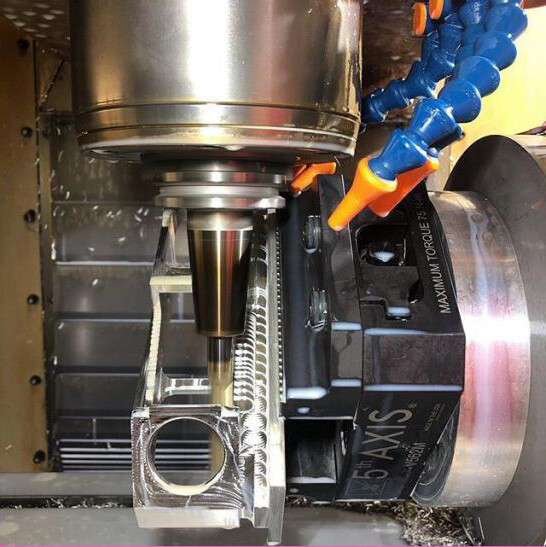

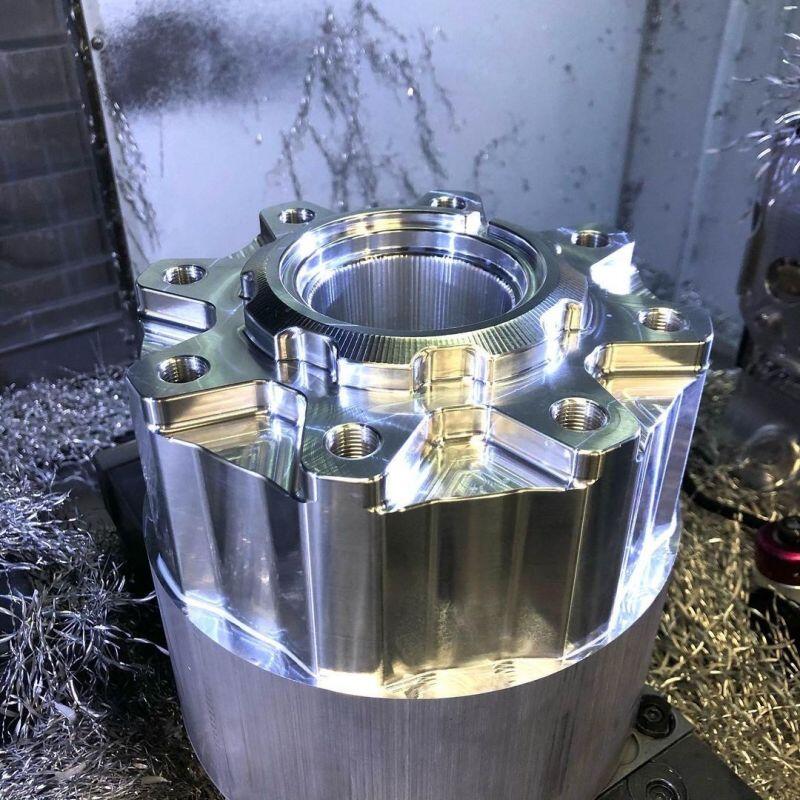
Accurate manufacturing
Precision machine tools are programmed to operate at high speed during processing without any manual involvement, thus avoiding errors and errors caused by human involvement. For some complex surfaces and shapes, CNC machining has more advantages. In addition, CNC machine tool machining accuracy can generally reach ±0.005mm or better, which is accurate enough for the vast majority of prototypes and commercial manufacturing.
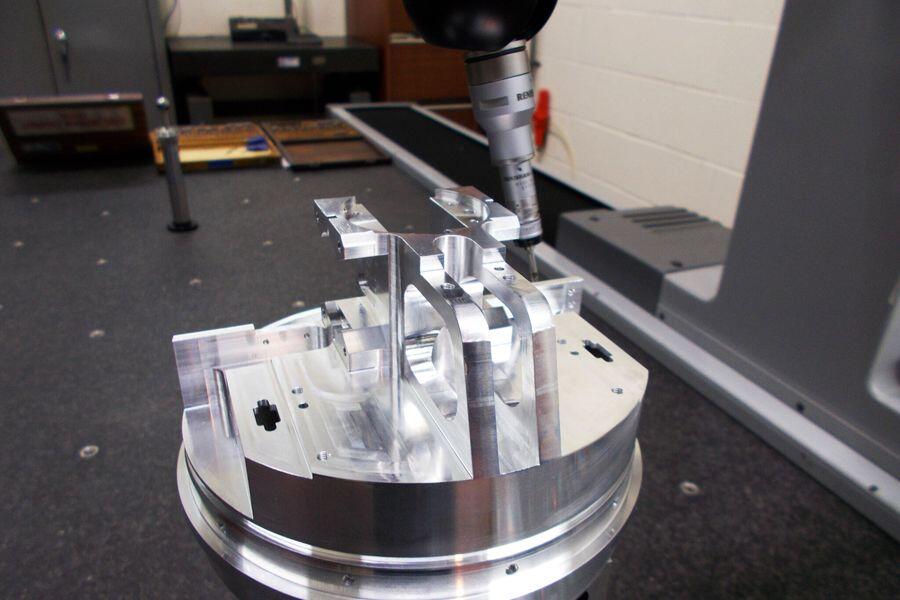
Time-saving
Another advantage of CNC machining is higher efficiency. When using traditional machining methods, workers often need to manually operate the machine tool and change cutter, which is very time-consuming and inefficient. Different from humans, once the processing program is set, it can work uninterrupted 24/7. A large number of parts can be produced in a very short time and batch quality can be guaranteed.
CNC Machining Reduces Production Costs
CNC machining is an economical, efficient and precise method of processing parts and products. Not only is CNC machining efficient, but it also minimizes material waste due to its precision and accuracy. As long as the parts are properly designed in the computer, the machine itself will rarely produce incorrect cuts, so fewer damaged parts will be discarded, greatly reducing the scrap rate.
CNC Machining is Easy to Modify
It’s easy to make quick design changes with just a few lines of code changes. This is very tempting for prototyping and can significantly reduce the total lead time of product development without adding any cost.
Conclusion
CNC machining has completely changed the processing method of the rapid prototyping industry. Compared to traditional production methods of prototyping, CNC has the advantage of greater accuracy, consistency, repeatability, and the ability to create complex parts and shapes. However, it is crucial to find a company that has the strength to provide CNC rapid prototyping services.


DDPROTOTYPE is a rapid prototyping company focusing on rapid prototyping and small batch production of plastics and metals. It has 5-axis CNC machining centers, vacuum casting, 3D printing, injection molding and other processing technologies. Providing CNC machining and low-volume manufacturing services to customers with custom high-precision parts to exceed customer expectations at highly competitive prices. With advanced production equipment and excellent CNC machining technology, as well as high-quality service and reasonable prices, we have maintained long-term cooperative relationships with the world’s top 500 companies, such as Google, ABB, General Medical, Sony, and Thor Las.
Why choose DD prototype company:
160+ metals & plastics, 50+ surface finishes
Custom Parts Manufacturing & MOQ 1
Advanced Equipment & Cost-Effective Price
ISO 9001 & ISO13485 Certified Factory
Prototype Model Making As Fast As 2 Days
Projects delivered 300+ Per month
business active in over 30 Countries
FAQS
①What is the processing accuracy of your company’s prototype parts?
The most accurate accuracy that DD prototype can provide is ±0.005mm
②What are the maximum size ranges of your CNC machining centers?
3-axis milling):1270*508*635(mm)
5-axis milling):450*700*400(mm)
Worktable Diameter ф400(mm)
③Will my drawings be leaked?
No, customer privacy is our top secret, DD Prototype will sign an NDA agreement with every customer.
④How do you control quality?
Material inspection-check the surface and approximate size of the material.
First production inspection – ensure key dimensions for mass production.
Inspection – quality inspection before shipment (with CCoordinate Measuring Machine(CMM) , pin gauge; thread plug gauge; thread ring gauge; vernier caliper; aperture gauge; micrometer; height gauge and other measuring instruments to fully ensure the quality of your products)
Inspect before shipment, confirm the quantity, full-size inspection report, delivery address, complete packaging, etc. before shipment to ensure that all products shipped meet your requirements.
